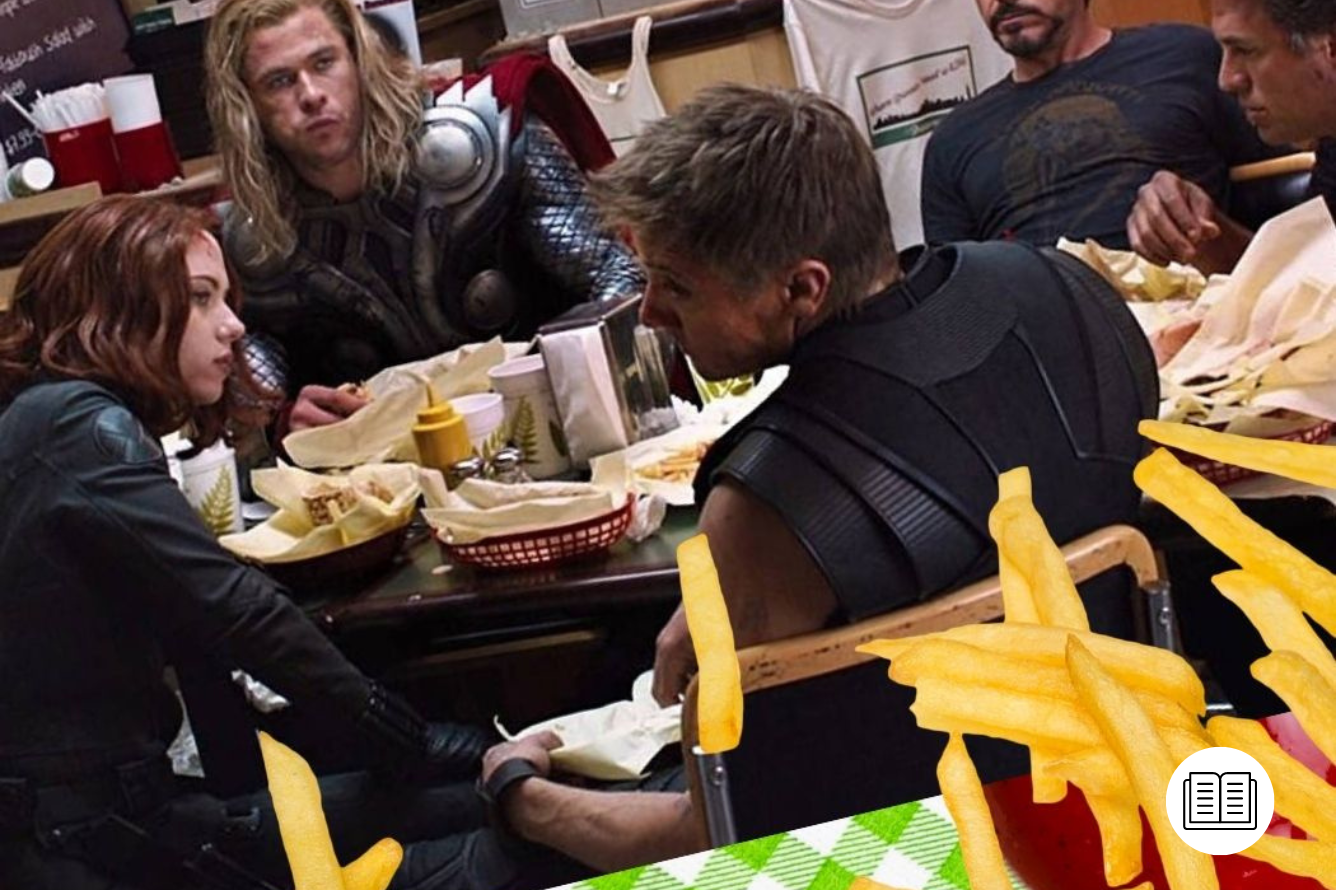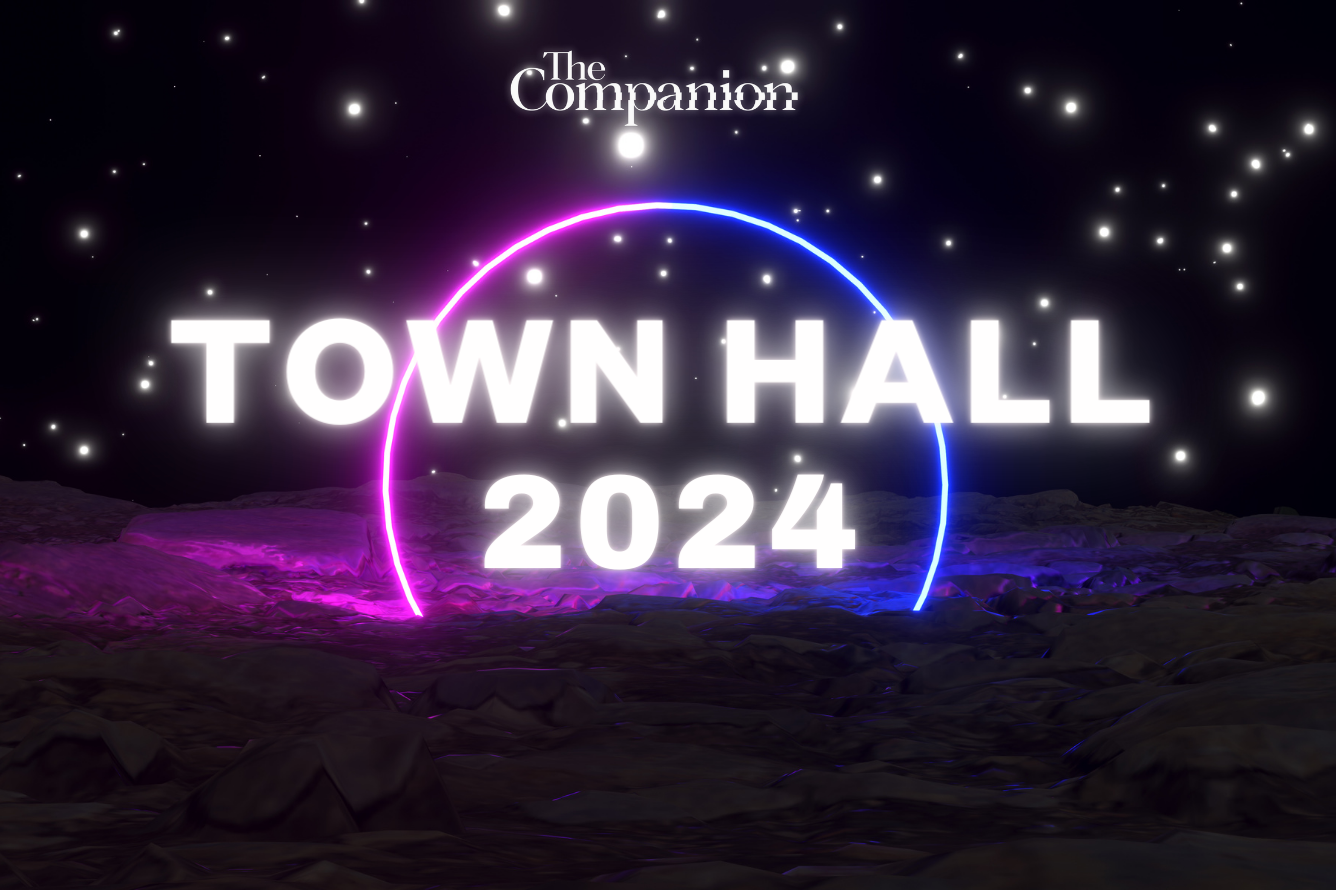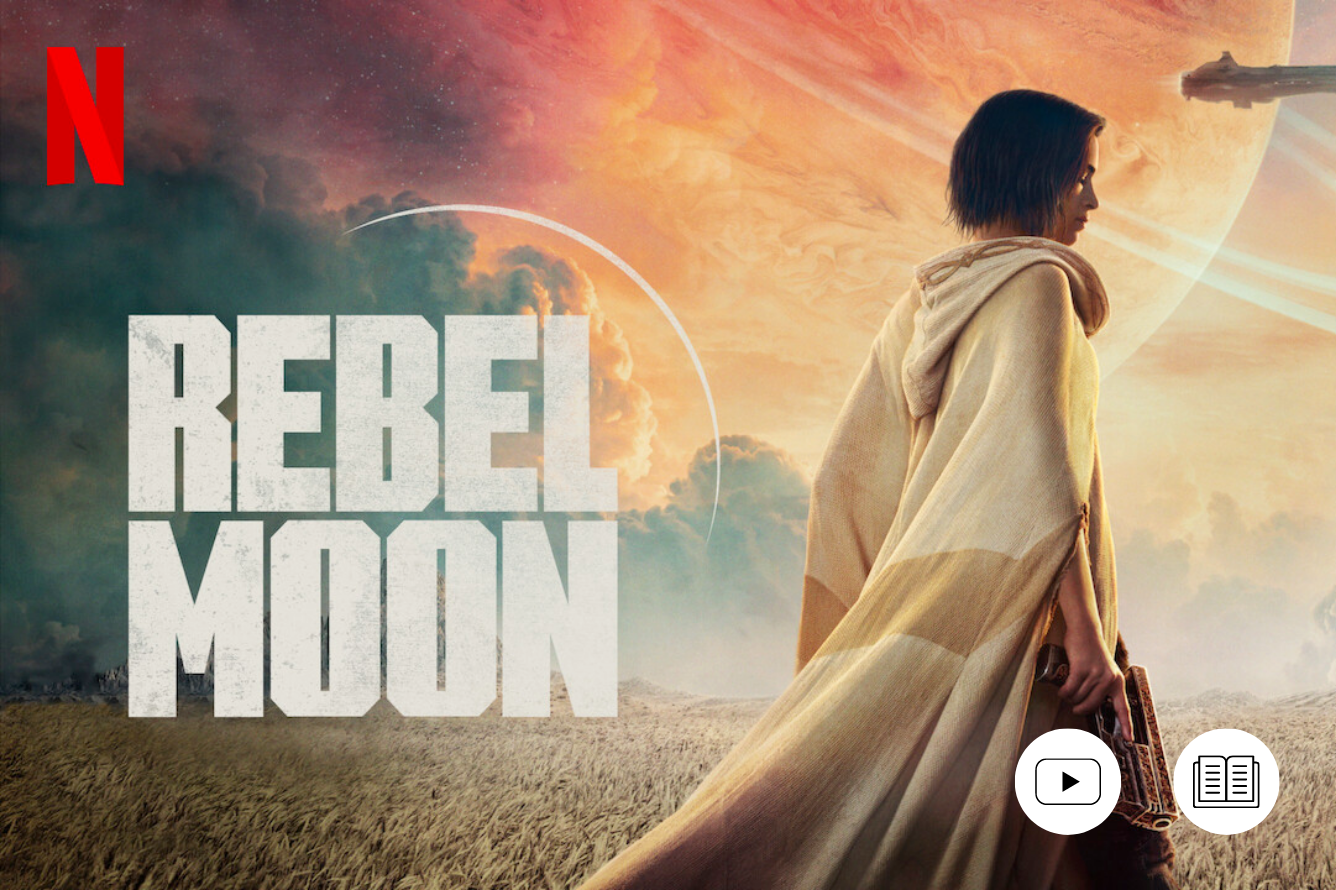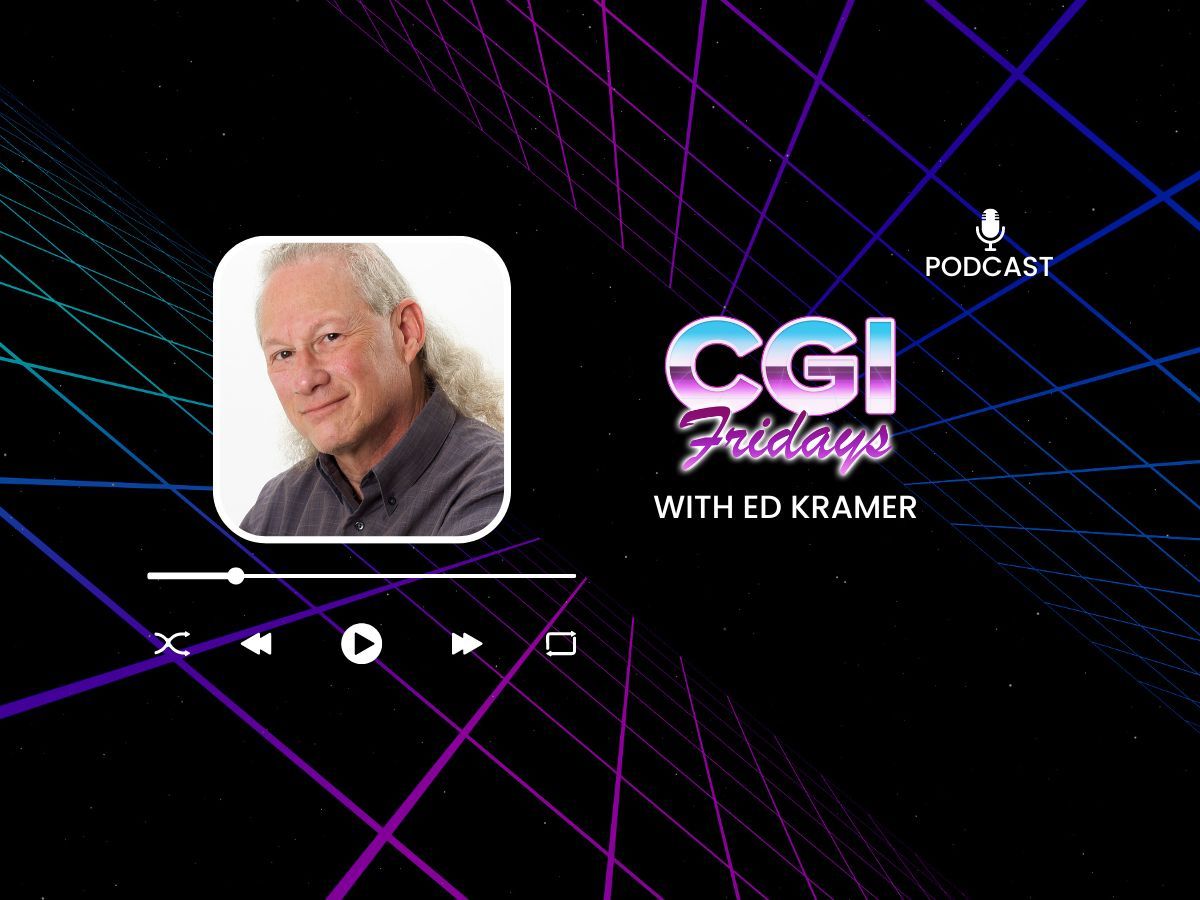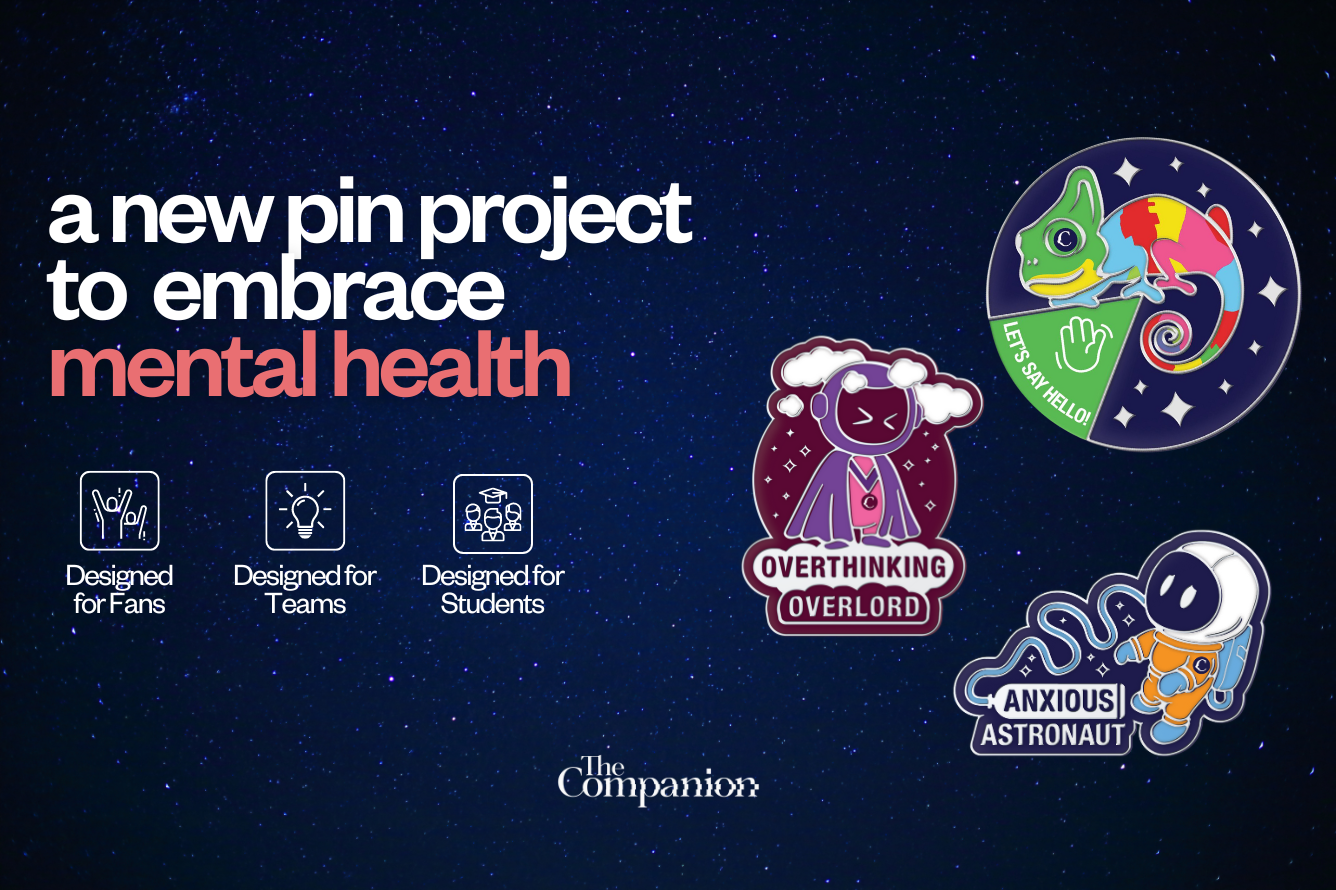Science-fiction and fantasy properties have been built on the notion of ‘found family’ for decades. The concept of a group of people, often without familial or romantic connections of their own, creating a close-knit family unit out of co-workers or strangers is immensely attractive, especially when combined with high-stakes situations. They can be seen in shows ranging from Stargate SG-1 to Doctor Who and almost every other property you can think of. As a result, they are also a key aspect of fandom, with many fanfictions, gifsets, and articles exploring the dynamics between these people who should never have met but still became family. And in 2012, it seemed that much like their comic book counterparts, the MCU Avengers were about to fall headfirst into this trope.
The first group movie, The Avengers, is chockfull of ‘found family’ moments. From the iconic group shot in the Battle of New York, to the post-credits shawarma scene, The Avengers sets about telling us that regardless of their differences, these heroes will come to be a cohesive group unit. Nick Fury (Samuel L. Jackson) even states that the whole purpose of the ‘Avengers Initiative’ was to:
“…bring together a group of remarkable people, see if they could become something more.”
This statement entrenches the view that our story is about how a group of disparate people can become their best selves because of the fact they found each other. This is supported by how the previous movies emphasized the loneliness and estrangement of its characters: Steve Rogers (Chris Evans) lost a century, Thor (Chris Hemsworth) his brother, and Tony Stark (Robert Downey Jr) the stability of Obadiah Stane as a guiding figure. Even the characters whose inner lives we haven’t explored in previous films, such as Natasha Romanoff (Scarlett Johansson) and Clint Barton (Jeremy Renner), are given the depth that hinges on the destruction of their previous family unit through the death of Phil Coulson (Clark Gregg).
The emphasis, then, was on the emotional loss and rootlessness of these characters and how it could be rectified.
Superfriends Reunited: Marvel Phase One
The movie ends with Tony Stark transforming the Stark Tower into the Avengers Tower, a name change that signifies Tony’s new familial allegiances, complete with individual floors per team member. In placing this at the end of the movie, the MCU was sending out a signal that importance within Phase Two would be on the team-as-family dynamic, and we would get to see a group of Avengers who lived, fought, and had fun with each other.
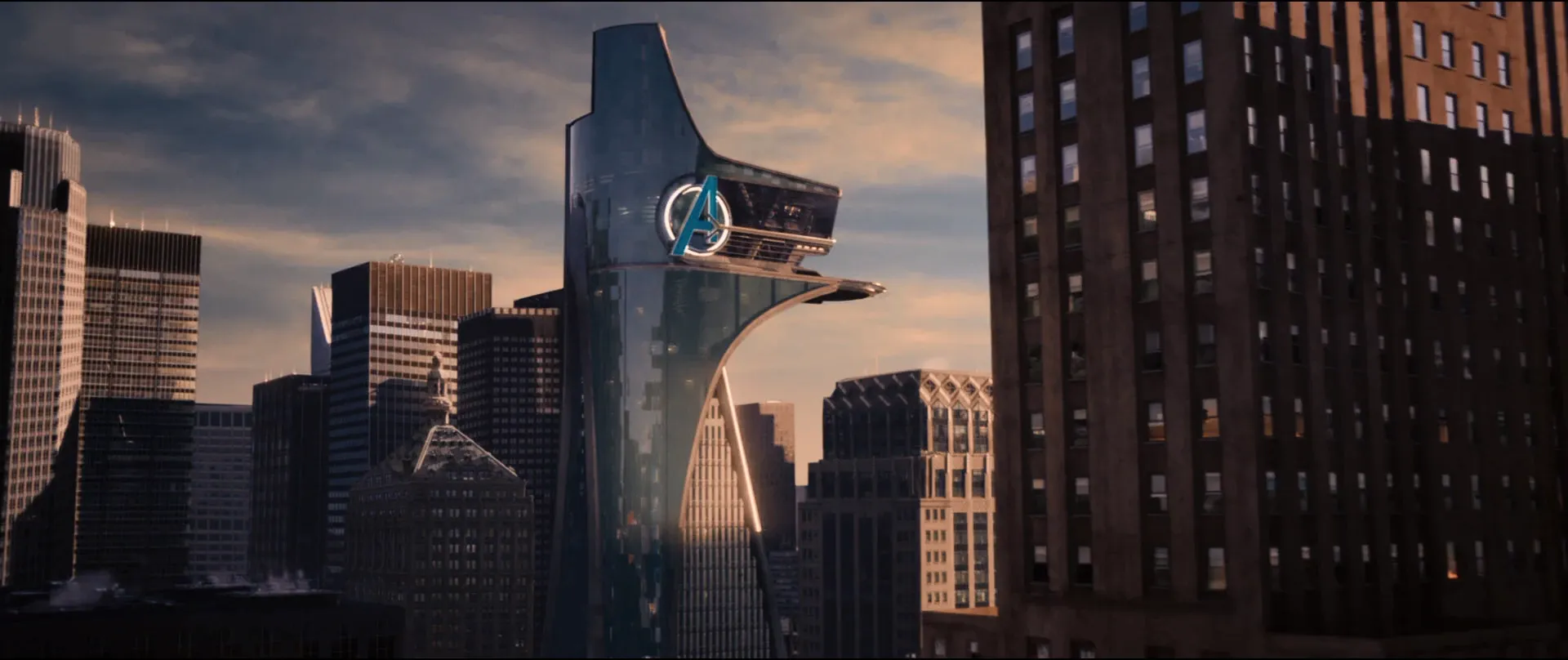
For fandom, this was an irresistible premise. Fans had already latched onto the close (romantic or not) relationship between Bucky and Steve Rogers, and onto Loki as a character, placing special emphasis on his relationships with his adopted brother and mother. Not only did fandom invest these characters with more depth than they had been shown to have at the time, but it also saw them in the context of ‘found family’ and family dynamics, immediately establishing these tropes as a keystone of MCU fandom.
The Avengers Tower and the dynamics between its occupants led to a wave of fanfiction, fanart, and gifs that showed the Avengers as a close-knit group. The tag ‘superfamily’ on Archive of Our Own covers 2,721 fanfictions, many of which deal with either the Avengers team or smaller family units embedded within them. These included canon-adjacent friendships such as the relationship between Natasha Romanoff, Clint Barton, and Agent Coulson, or comics-influenced shipping, with Tony Stark and Steve Rogers adopting a version of Peter Parker. One typical fanfiction title was ‘In Which Tony Stark Builds Himself Some Friends (But His Family Was Assigned By Nick Fury)’, and tropes such as the ‘Avengers Movie Night’ or group rescue became accepted as canon despite never appearing on screen.

Even before the introduction of characters such as Deadpool or Spiderman to MCU, fans were embedding them within family units and exploring their relationships with the existing characters. The closeness of the team and their personal dynamics were the beating heart of fandom, just as it had been for numerous science-fiction franchises before them. The difference was that the MCU’s long-form storytelling and focus on the humanity of their characters offered the chance of deep emotional stories within a film franchise context, something irresistibly exciting for Marvel fans who valued both character arcs and fight scenes.
It looked like the MCU was right about rewarding fans’ investment in the dynamics of the characters they created.
And then they didn’t.
Doing it for (Side)Kicks: Marvel Phase Two
The first films of Phase Two immediately set about atomizing this ‘found family’ into smaller units. Rather than dwelling on the relationships created in The Avengers, we were presented with new ‘found families’, created in the image of their hero. Captain America gained a team of fellow displaced veterans in Sam Wilson, Bucky/Winter Soldier, and Black Widow; Iron Man was joined by War Machine, a newly suited-up Pepper Potts, and eventually Peter Parker, all of whom used Stark-created technology; Thor rehabilitated Loki and gained a group of alien gladiators. It’s not to say that all of these dynamics are failures – indeed, the Thor/Loki and Steve/Bucky dynamics hark back to the white heat of 2012 fandom – but they swung the MCU off in a completely different direction than the one we were promised. Heroes didn’t look for working across differences to become something stronger, but rather focused their energies on creating a team along their own ideological lines. Indeed, the implication of Avengers: Age of Ultron (2015) is that the team have barely seen each other since the shawarma – and of course, they haven’t; they’ve been off doing their solo movies.
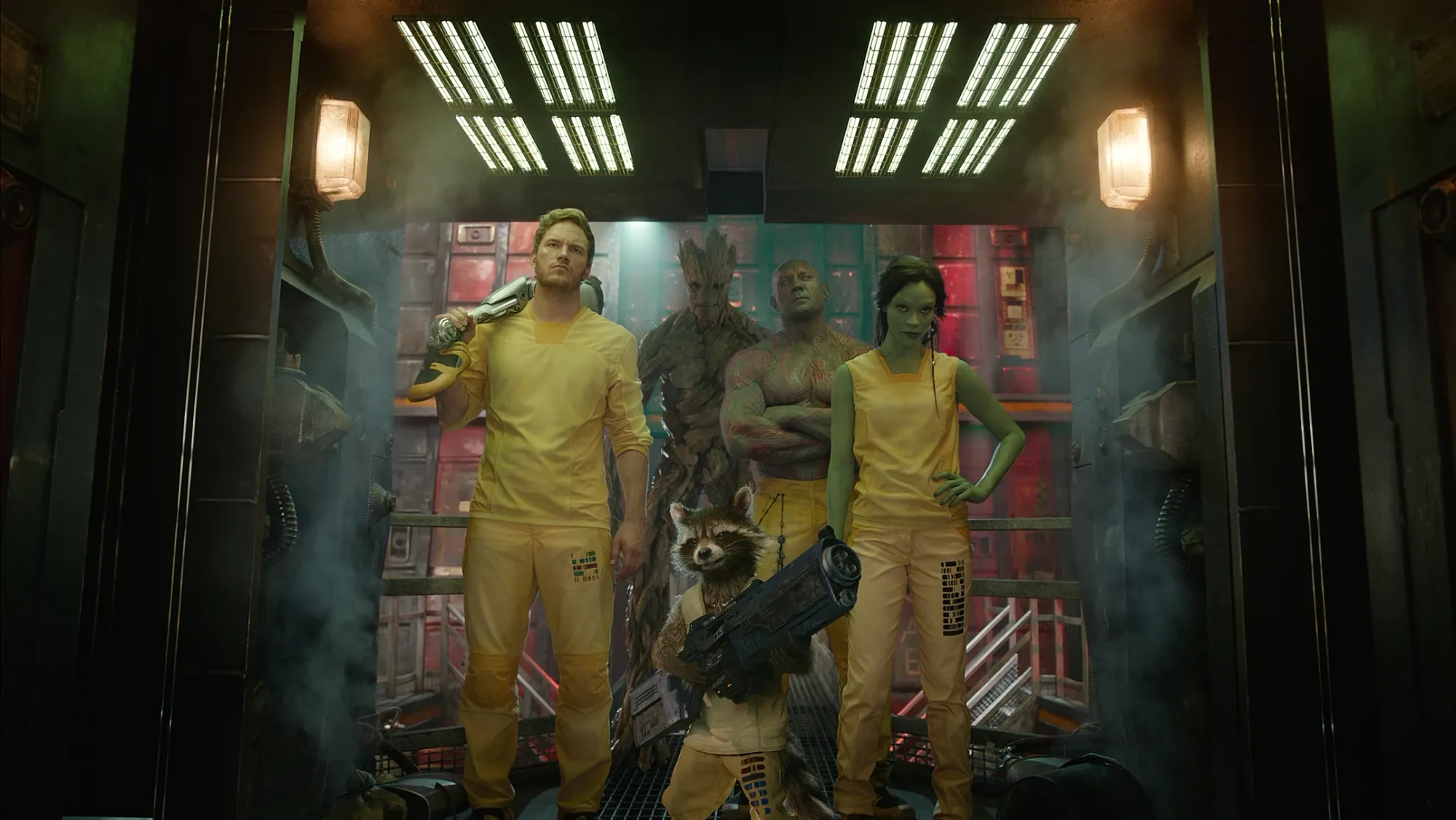
Characters introduced post-2012 continued this trend, coming built-in with their own accessory pack of supporting characters. Captain America: The Winter Soldier (2014), Guardians of the Galaxy (2014), and Ant-Man (2015), all released within a year of each other, focused on the construction of new families from people whose homes and livelihoods had been destroyed, memories wiped, and wives murdered – almost the purest distillation of the ‘found family’ trope. This is the point in the MCU where ‘found family’ becomes dominant, except not in the way you might’ve expected. Due to the necessity of generating more Marvel movies to keep its runaway success going, the MCU needed more characters but couldn’t make them all part of the same team; to create more films they needed heroes with new supporting characters, which in turn led to small scale families within a specific context, estranged from the wider arc.
A quick rundown of the key plot points of Phase Two Marvel movies highlights this movement from one overarching team-based plot to episodic, small-unit style storytelling. Ant-Man’s Scott Lang (Paul Rudd), released from prison and estranged from his daughter, gains a family of his own through Hope (Evangeline Lily) and Hank Pym (Michael Douglas), Captain Marvel (Brie Larson) comes with both Kree and Earth families, the Guardians of the Galaxy form an insular team and explore Star-Lord (Chris Pratt)’s found-family relationship with Yondu (Michael Rooker), Black Panther (Chadwick Boseman) has a kingdom, and Doctor Strange (Benedict Cumberbatch) a group of wizards.

All of these characters are part of teams, found families, and close-knit but unexpected relationships – the bedrock of good character-driven storytelling. The only problem is that these little ensembles tag along when the central hero of their movie is introduced into a team-up setting. It’s significant that the next film to feature the Avengers is a Captain America movie focusing on Steve and Bucky, the family unit established in solo films, rejecting Tony’s version of team-as-family established in The Avengers. The arc of the first Avengers film is a standard fight-and-resolve-differences, that ended with the resolution and promise of future teamwork. But this structure then repeats across every film, replacing moments of character development or bonding with another fight scene. These fight scenes then don’t matter as much to us because the relationships within them are paper-thin, and the promotion of action over character has increasingly become the MCU’s trademark. Individual characters and storylines take precedence over the concept seen as so central to that first movie. The MCU had taken a sharp left turn into the ‘found family’, but without bringing along the team that had originated the trope within the franchise.

The ‘Real’ Family: Marvel Phase Three Onward
Also of increasing precedence as the MCU hurtled towards Phase Three was the biological family, or at least a more formal family grouping. Avengers who previously had no familial bonds outside of the central group – Clint, Natasha, and Tony – suddenly had children, siblings, or spouses. This contradicted and neutralized a lot of the earlier character development. Having ‘red in your ledger’ is much less interesting if you had a backup family all along, and ‘Budapest’ less life-changing if it didn’t involve two independent agents, but rather one with a family to support at home.
The introduction of Yelena (Florence Pugh), Natasha’s sister, in the Black Widow (2021) movie comes as a shock as, despite the character not being mentioned once in the previous ten years, she becomes the core of the movie’s plot. These bonds further isolate these heroes from the rest of the group. Tony’s parental issues, previously part of his character development within the solo films, suddenly attached themselves to the Avengers as a whole as the fact that Bucky ‘killed [his] mom’ has devastating consequences for the team’s unity.

The peak of this shift is seen in Avengers: Endgame (2019). As illustrated by Rotem Rusak in their excellent article The Disappointing Rejection of Found Family in Marvel’s Avengers: Endgame, narrative emphasis is shifted over to the normative, reproductive family. The original Avengers spend barely any time with one another across a three-hour film, as the Time Heist necessitates that they are split apart. They are motivated by their relationships with their biological families – both Clint and Tony rip themselves apart from the rest of the team due to the fates of their children, and Tony’s decision-making and idea generation are centered around Morgan Stark (Lexi Rabe) specifically. However, we never get to know who Morgan is, beyond a generically adorable movie child. She and Clint’s family gain barely any resonance across their appearances, but the whole plot rests on their importance. The team is split because of their existence, which takes precedence over any previously established bonds. The narrative demands that these heroes prioritize themselves over the team, weakening the bonds that (ostensibly) the saga was meant to illustrate, and ensuring that the fantasy of family is kicked when it’s already down.
And yet at the same time, glimmers of those heady 2012 days survive across these films. Moments where the team can cut loose, as in the party during Age of Ultron, or band together to defeat a villain – even when that villain is part of the rest of the team, there’s joy in seeing Steve and Natasha work together in Captain America: Civil War (2016). The final death spasm of the ‘found family’ was, of course, the iconic team-up sequence in Endgame, followed by Tony Stark’s funeral – but even here the emphasis is on his biological family. It is Pepper who comforts him as he dies, whilst his teammates watch from a respectful distance; it is Morgan who his hologram speaks to, not the people he’s spent the previous decade fighting alongside. We learn almost nothing of his death’s impact on the rest of the team, as Steve immediately jumps back in time to create a new spousal relationship with Peggy Carter (Hayley Atwell), and the only person whose grief is really explored is Peter Parker in Spiderman: No Way Home (2021), with the implication that his grief takes precedence as Tony’s adopted son.

How Pairings Replaced the Found Family
The emphasis on solo films and storylines transferred to fandom, where pairings and relationships from individual movies (Wanda/Vision, Bucky/Steve, and Loki/Thor) have gained priority. Searching for a team-bonding fanfiction or gifset created within the past five years is like looking for water in the desert. Increasingly, fandom forums and Tumblrs have been writing meta that angrily reiterates the problems with Marvel’s treatment of its characters and the structures of its films. There’s a palpable sense of betrayal that comes from the people who invested so heavily into these heroes and their relationships, and their storylines which never received a payoff or often even acknowledgment.
The difference between the Avengers of 2012 and the Avengers of 2021 is stark. A fragmented group of people, some of whom have barely been in the same room together for multiple movies and whose priorities lie within their first or second sequel, is a far distant cry from the warmth of those shawarma scenes and tower floor plans. While we’ve gained some brilliant personal dynamics and fight scenes from the shift, the Marvel Cinematic Universe we expected and the Marvel we got are so different as to barely seem like the same company. As the stars signed their signatures at the end of Endgame, formally disbanding the Avengers team, you looked up at the screen and wondered what might’ve been.
This article was first published on October 22nd, 2021, on the original Companion website.
The cost of your membership has allowed us to mentor new writers and allowed us to reflect the diversity of voices within fandom. None of this is possible without you. Thank you. 🙂


